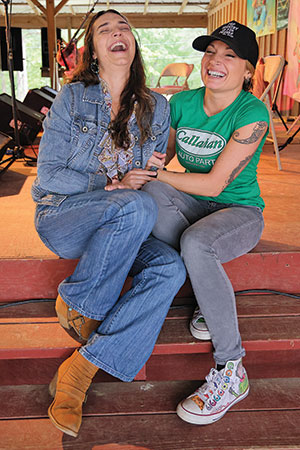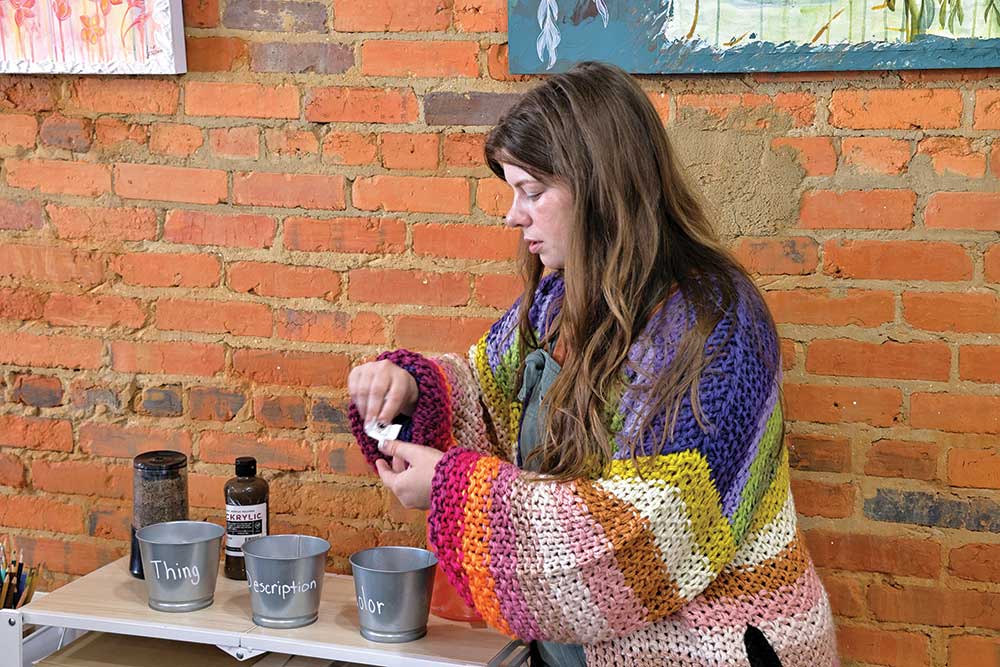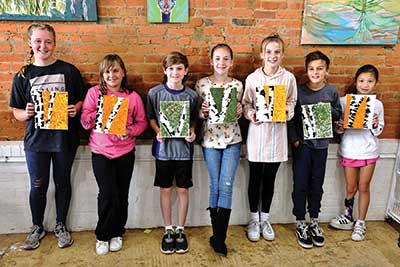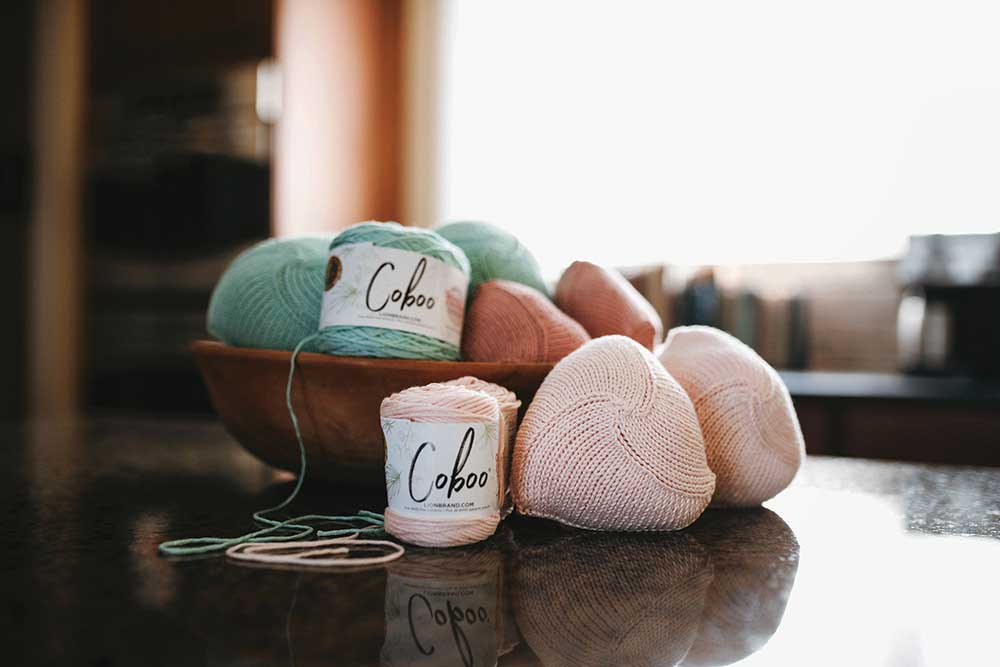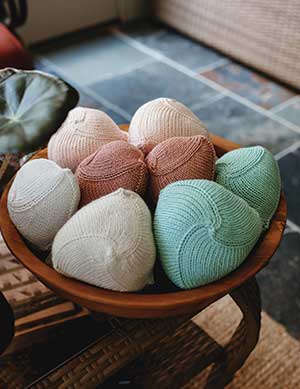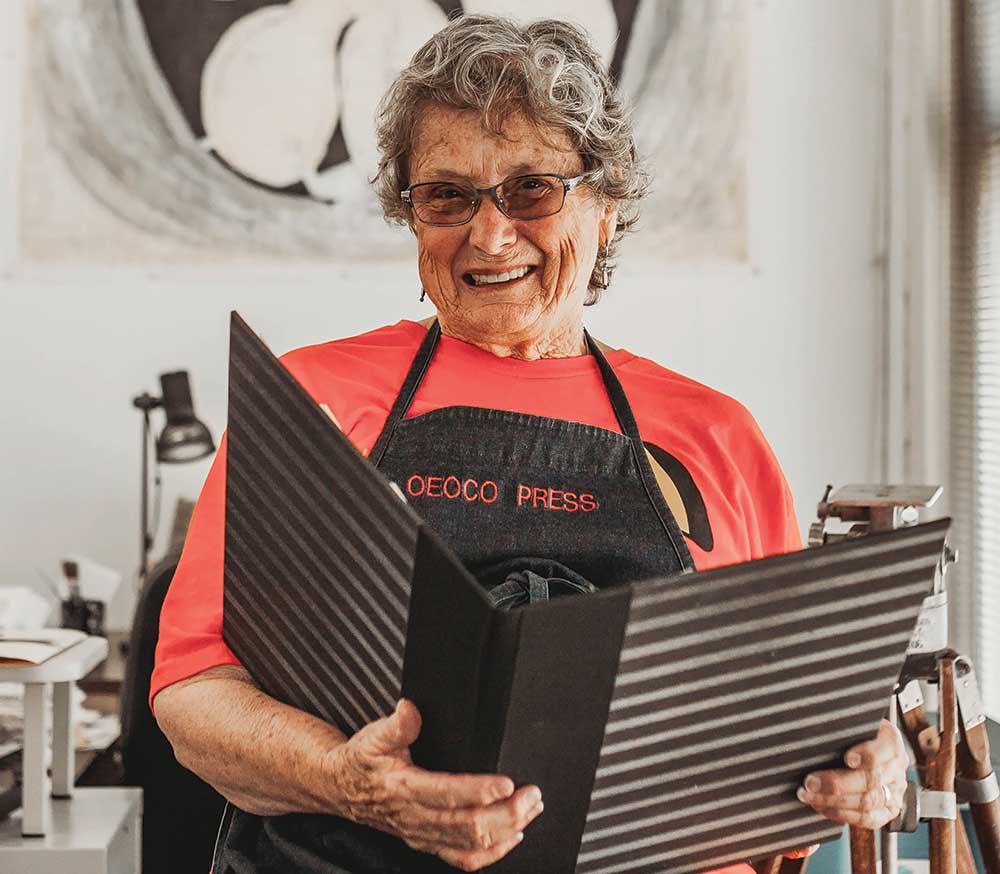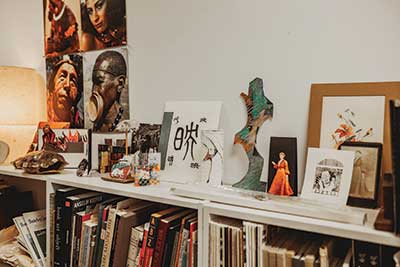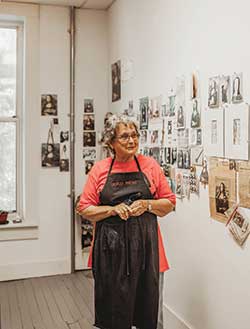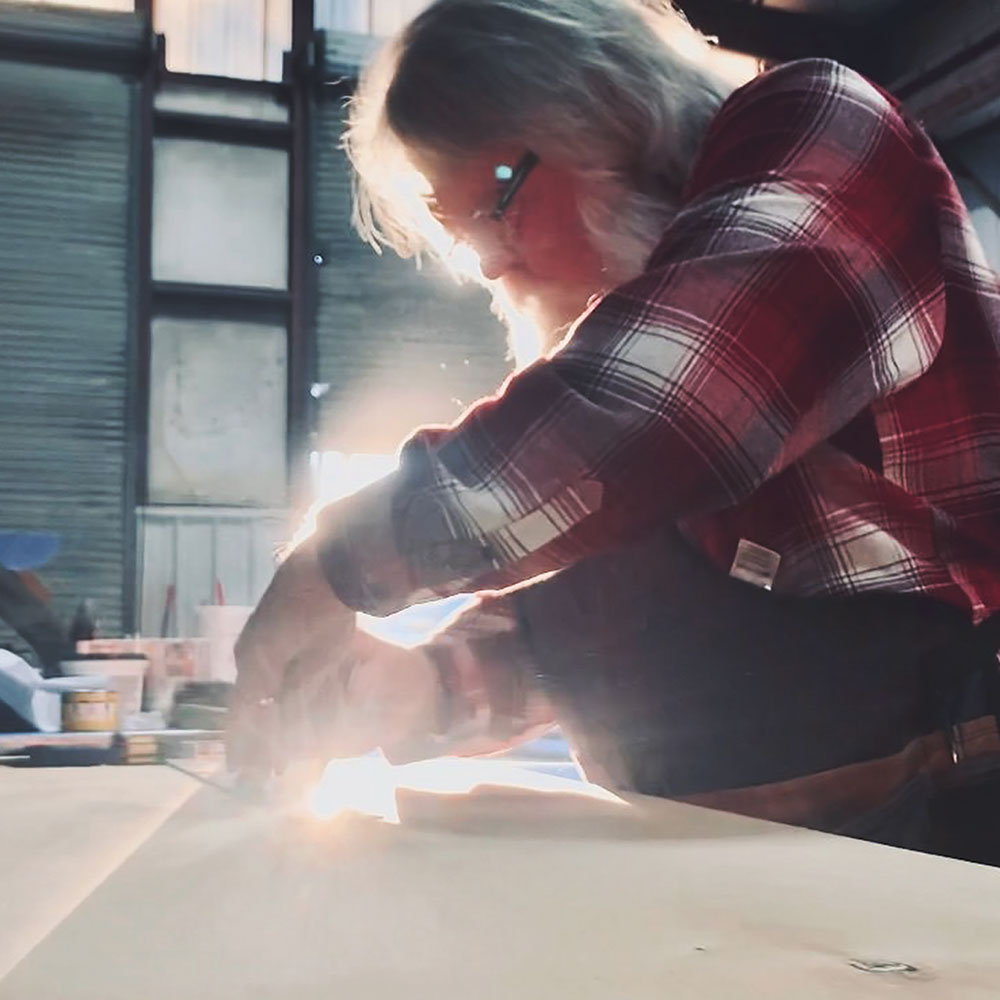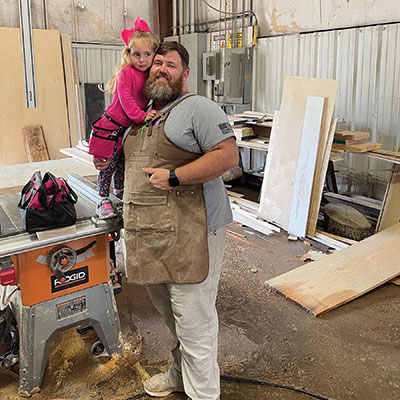Horse Pens’ Songwriter Festival inspiring music on the mountain
Story by Roxann Edsall
Photos by Richard Rybka
There is no doubt that music is a powerful tool, touching our heart strings and transporting us through time and space. The words to certain songs speak to our hearts when, oftentimes, nothing else will. Alabama-raised songwriter Mutt Cooper explains, “I always hope the words connect to the audience and that we’re all in the same emotional space at the same time.”
Cooper, who now lives in Georgia, started playing the guitar and writing music when he was just 10 years old. He now works as an occupational therapist, specializing in traumatic brain injury.
A navy veteran himself, he works with veterans at Martin Army Hospital in Fort Benning. He uses his songwriting skills to address the pain and emotional scars of the wounded, whether they’re military, children or just ordinary people navigating daily life. His song, Tom, has received a lot of attention from Vietnam veterans groups because of its powerful, relatable lyrics.
He wrote the song about his cousin, who served in Vietnam. The cousin, Tom, came back from Vietnam a changed man, a change so profound that he had to live with Cooper’s family and spent most days playing guitar to help him process the pain. “He died in Vietnam, but he didn’t know. He’s got a lot of scars that don’t show,” the haunting lyrics say.
The lyrics to another of Cooper’s songs address the simpler, but broader, issue of aging. The words to I Knew Him When are easily relatable to anyone who has noticed a wrinkle or a grey hair as birthdays come and go.
Staring in the mirror, it’s easy for me to see.
The same young man who lives inside of me.
Well, it makes no sense, and how can it be?
There’s an old man in the mirror looking back at me.
Cooper recently spent a weekend with more than a dozen other songwriters at the Horse Pens 40 Songwriter Festival on Chandler Mountain. The festival’s organizer, Paul Ensign of C&P Entertainment, has been providing the venue and stage to showcase the talents of local, regional and national touring songwriters for four years. “These guys and gals get up on stage, not just to sing, but to give you the emotion behind the words, the experience that helped to write the song,” explains Ensign.
Texas-based songwriter Thom Shepherd, also a festival participant, agrees. “Everybody’s here to really listen to the lyrics and hear the stories behind the songs.” He and his wife, fellow songwriter, Coley McCabe, have both won awards through the American Society of Composers, Authors and Publishers (ASCAP) and have been named Duo of the Year by the Trop Rock Music Association for the past four years. She has played at the Grand Ole Opry four times.
The two met when they were working with different Nashville publishers housed in the same office building. They were married by an Elvis impersonator in Las Vegas in 2015. They tour regularly and enjoy going to songfests to meet new writers and to reconnect with others. They even hold their own songwriter’s festival in Texas called Lonestar Luau. (Editor’s note: You can check them out at Lonestarluau.com.)
“Write for yourself,” says Shepherd. “That’s what a publisher told me years ago. I’d moved to Nashville to perform. Everyone said you’ve got to be able to write, so that’s when I started working on that. I struggled at first, but then I was counseled to write for myself, about things that have had meaning to me. That’s the place that hit songs come from. That’s when I started thinking about things like my love of cars.”
His love of old cars is what made him reminisce about seeing his first car again after selling it to an old friend. He went back to visit the man and saw the car, sat in the driver’s seat and opened the glove compartment. “That’s when I started to imagine. What if this car had been owned by someone else and what if that someone had left a note in the glove compartment,” says Shepherd excitedly. “And what if that owner had been a young man going off to war who left the note to the new owner in case he didn’t come back? And what if the car was a Corvette?”
With that story in mind, he collaborated with songwriter Wood Newton and wrote the 2001 hit single, Riding with Private Malone. The song was recorded by American Country Music artist David Ball. “You always hope one of your songs will touch people’s lives, and this one has,” says Shepherd. “I hear from people who say this was a particular soldier’s song, and he didn’t make it back. It reminds them of that soldier. Others tell me this song is the reason they joined the military.”
Coley McCabe wrote Don’t Open That Door as a response to the loss of her sister, Tracy. The song was later recorded by country star Loretta Lynn. “I wrote it after Tracy passed, never meaning for it to be recorded,” says McCabe. “But it was pitched to Loretta, and she recorded it. I ran into her a few years later and told her I’d written it. It was shortly after her husband had passed. She sang the chorus to me with a tear in her eye. It was sweet!”
Strong family ties also fuel the fire for fellow songwriter Christina Crystal. She has just turned 30 and has been writing songs for 16 years. At the songwriter’s festival, she explained to the audience the background behind several songs she and her husband, songwriter/producer Nick Biebricher, have written and produced, including the very personal Ultra Sound, a ballad about the experience of expecting the birth of their son.
Another of Crystal’s favorites is a playful lyric that she wrote and performed called, Dolly, Would You Pardon Me, a fun, upbeat song with a nod to vocal great Dolly Parton. The song was nominated for best country song of the year in 2019 at the Independent Music Awards.
“Hit songs begin with words that make people feel something,” says Shepherd. Pure joy and fun are a hallmark in his huge hit summertime party song, Redneck Yacht Club. Written by Shepherd and recorded in 2005 by country music’s Craig Morgan, the lyrics are an invitation to “Meet us out at party cove. Come on in, the water’s fine. Just idle on over an’ toss us a line.”
If you’re out on this lake this summer, you’re sure to hear it. The power of music is fueled by powerful lyrics.
















